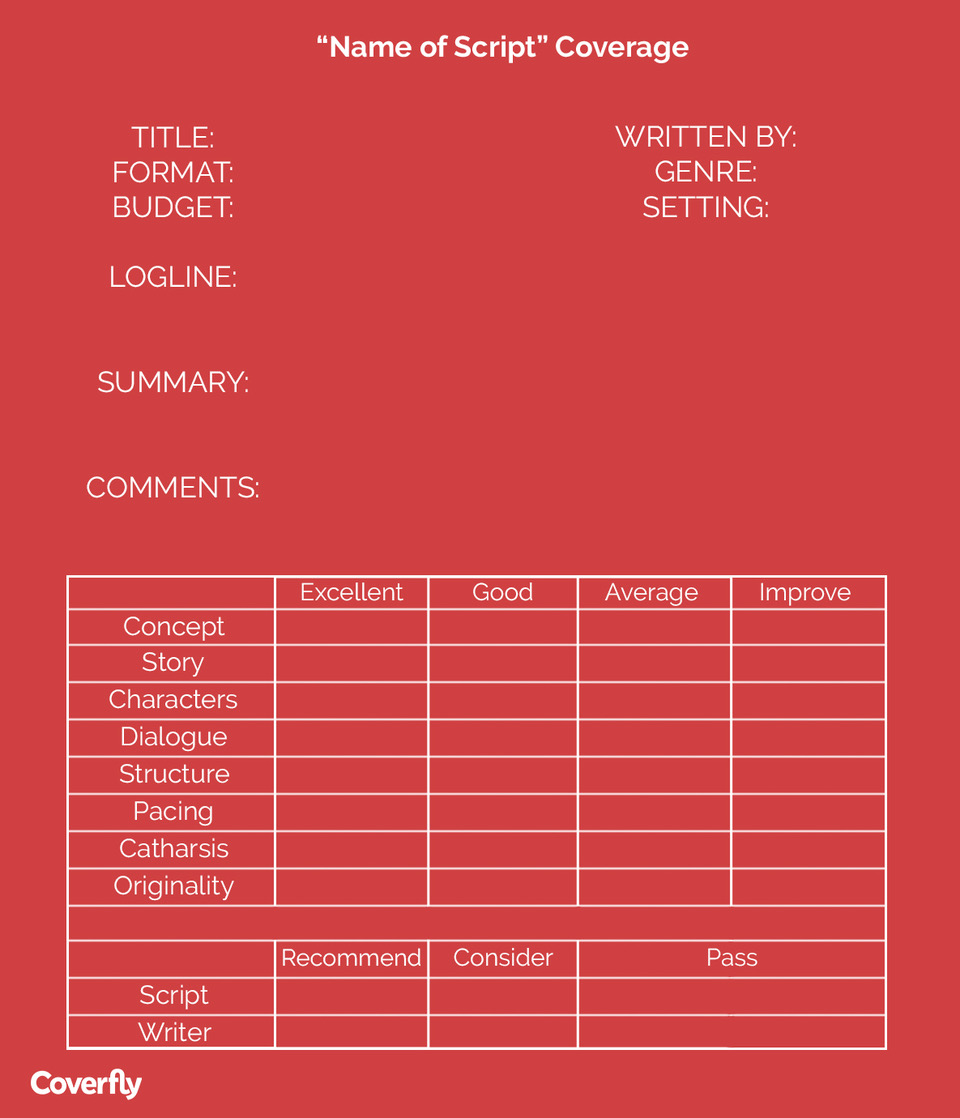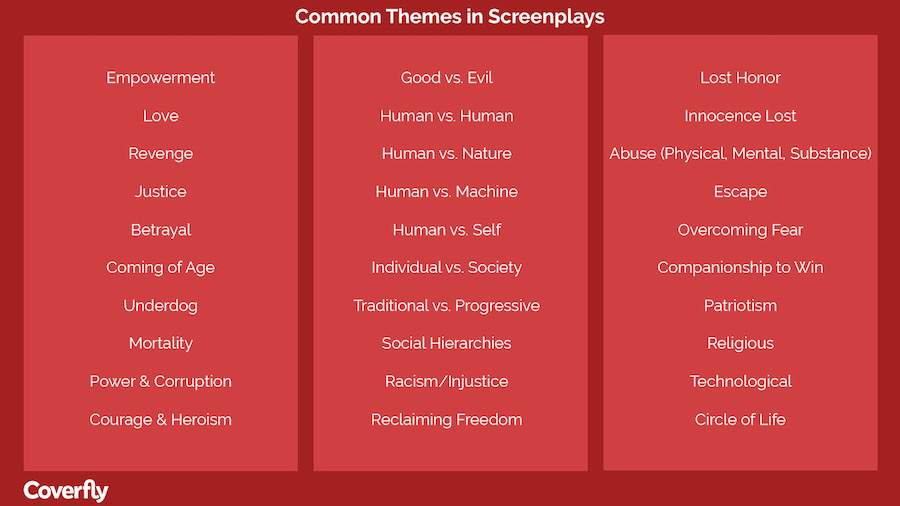
One of the most consistent questions and hotly contested topics that emerges in the screenwriter-verse is how to break into the industry.
As frustrating as it is, there are two ways to answer that.
There is no one way.
There are many, many ways.
During the recent Coverfly’s Industry Insights Clubhouse event hosted by writer-producer Joel Eisenberg, staff writers Kyra Jones (Hulu’s Woke) and Lauren Conn (Peacock’s Langdon) were joined by Coverfly’s Tom Dever to discuss how Coverfly acts as a free tool for writers to help them reach the next stage of their career.
In the simplest terms, Tom stated, “Coverfly is a talent discovery platform that acts as a Fitbit for your screenwriting career.”
By tracking writer data ranging from life experience to genre tags to accolades and competition placements, Coverfly has created a database where industry professionals can discover writers and projects that fit precise specifications and preferences. This allows managers and agents to find exactly what they’re looking for.
With that in mind, how can writers best utilize the Coverfly platform to their advantage? Listen to the discussion below and continue on for our takeaways!
Coverfly’s Pitch Week
The reason why Coverfly’s Pitch Week is so unique is that it is designed and tailored personally for each writer who participates.
In many regards, Coverfly acts as sort of a pre-manager, who are there to answer questions and help writers navigate the next steps of their career by offering writer-oriented mentorship.
For Pitch Week and beyond, Tom explained that Coverfly’s team personally invests themselves in writers’ careers with an eye on specificity in order to "broker, pair, and understand who on the industry side of the platform they [the writer] would be a good fit for.”
Kyra got staffed through a connection made during Pitch Week, then had to backtrack to decide which managers or agents she’d work best with. Coverfly started reaching out to professionals who were looking for what Kyra specifically had to offer.
Then, the offers started to pile on. Nineteen to be exact. Great problem to have, but it was overwhelming. Through multiple conversations with the Coverfly team, Kyra was able to discuss the biggest decision of her life with advocates who cared.
"[Competitions] aren’t the end result, they’re the beginning.”
Focus on a Clear Long Term Goal
Lauren recommends being specific about your goals. She worked for years at a management and producing company, which gave her the firsthand experience of knowing what kind of career she wanted for herself. So, when her writing created opportunities, she was ready to state exactly what she wanted.
Know where you want the ultimate destination for your screenwriting career to be so that you can map out your route and streamline your efforts. But make sure that the steps you set before you are ones you can control.
Kyra brought up a great point, saying, "Try to focus on the things that are in your control. You can’t manifest it yourself, but what you can do is set goals that help you get to where that is.”
Tom added to keep following your "North Star guiding light, and take it one step at a time. Focus on where you are, what do you have that you can control, what kind of relationships do you have that you can take advantage of. So much of what we say is being focused on what your goals are.”
Leverage All Your Resources
Kyra said she had to “change the narrative after graduating from a mostly white theater world in college.”
Nobody could write her story but her, so she struck out on her own. She wrote pilots, web series, features — anything to keep moving forward. She built relationships along the way but was still having a hard time getting agents and managers to pay attention.
"Your brand is the intersection of your experience and your interests."
That’s why writers have to utilize every tool at their disposal. Nurture every relationship you forge, measure every interaction you make, explore every path that you can. A person you meet tomorrow could have an opportunity that’s perfect for you years down the road. You never know.
Once Kyra had a nice run of competition wins and her placements tracked on her Coverfly profile, she was able to reach back out to those contacts and continue the dialogue. At that point, everyone started paying attention.
Tom went on to say, “Competitions are a tool to verify yourself and your work in order to make introductions. They aren’t the end result, they’re the beginning.”
Capitalize on Your Personal Brand
Joel brought up the importance of a writer’s presence on social media platforms and knowing how to sell yourself.
“It’s branding in the purest sense," Tom said. “Present yourself as a commodity, I know it’s personal and a passion, but when you’re approaching anyone saying you have a service to offer — it becomes a business. Clearly present your unique point of view. Your brand is the intersection of your experience and your interests.”
This goes beyond the written page. Joel stressed, “You need to make an impression. Whether it’s the force of your personality or your attitude.”
When presenting yourself to the world, make sure to bring your own personality and unique perspective to the forefront.
One way to do that is to make sure that your Coverfly Profile is 100% up-to-date, and add as much information as you can. That way, when industry professionals are looking for exactly what you have to offer, you'll increase your chances of showing up on their radar.
“Keep writing because if that’s what you want to do, then it’s what you should do.”
Find Your Tribe
If there is one plus side to our current socially distanced times, it’s that the industry has never been more accessible — despite how far one may live from Los Angeles. Networking has never been easier. Although nothing will beat meeting face to face, more people are open to networking outside of their zip code.
Joel asked a great question about what happens after you win a contest, “What’s next -- the transition between winning accolades and the next process of your career?”
Kyra explained, “You can’t just win and sit around thinking the managers will come to you. They won’t.”
When she won, Kyra reached out to all of her previous contacts that she’s worked with in the past. She went on to say, “Competitions are a good way to demonstrate that you are a strong writer, but they won’t settle all of your problems.”
With virtual events, live networking mixers, online mug wars — your tribe is out there. Be proactive in your interaction. Build and create.
—
The baseline of success is always going to be excellent writing, no matter the paths you decide to take for your career.
In order to get there, Lauren said, “Keep writing because if that’s what you want to do, then it’s what you should do.”











